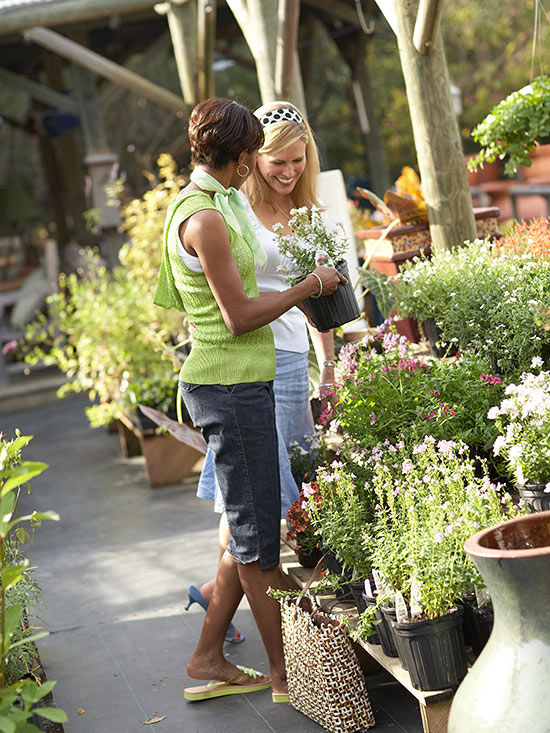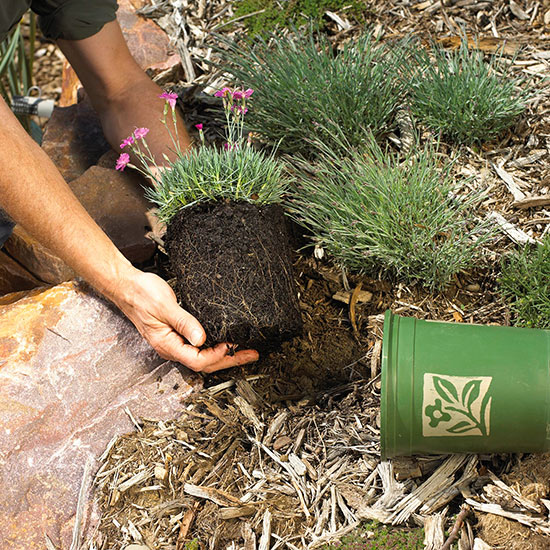






You can find plants in a variety of places -- and some don't come with a price tag. Take care when receiving divisions that you aren't also inheriting pest problems. Make sure the starts you receive aren't garden thugs that will quickly run through beds.
The cheapest way to get plants is to start them from seed. Local plant sales, sponsored by garden clubs or charitable organizations, offer another option for inexpensive plants. You can purchase plants at garden centers, discount stores, or home centers. You can also order plants online or from a mail-order nursery.
continue reading belowA sale sponsored by a local garden club or charity is the bargain basement of the plant world. It's the place to scoop up treasures that aren't typically offered at local nurseries, to glean growing tips from other gardeners, and to save money. Take a wagon or cart to haul your selections.
Mail-order nurseries are often the sole source of the newest plants. Read online reviews of a company's service before committing to buy. Make sure you know what size plant you're getting. Some nurseries specialize in small plants, which is why their prices are much lower than their competitors'.
Count on a local garden center to provide a broad, deep selection of plants. Typically, garden centers organize plants by name and growing conditions (full sun versus shade). Plants are often well cared for, and you'll find healthy choices in displays. Garden centers are also a good place to find plants in small pots, which can save money in the long run.
Be careful when you shop at garden centers to not select only what is in bloom, which creates a seasonally lopsided garden based on your shopping window. If you shop in spring, for instance, and buy only what's in color, you'll have a lovely spring garden, but the show will likely fizzle as summer arrives.
Shop at a home center or big-box retailer if you need a large number of uniform plants. The selection at a home center is slimmer than at a garden center, and plants might not be as well-tended. The best way to succeed with home center plants is to purchase them as soon as possible after they arrive. Most home centers receive plants on certain days of the week; phone ahead to learn the delivery schedule, and shop shortly thereafter.
A home center is a great place to shop if you need lots of plants. Their prices will undercut garden centers or mail-order nurseries. Compare prices and pot sizes at garden centers and home centers. Many home centers are switching to large pot sizes that command a higher price. You might save money and be able to buy more plants if you shop at a garden center where 4-inch plants are sold.

You can't judge a plant by its good looks. To pick the healthiest plant, take time to do a two-part visual inspection of the leaves and roots. It's easy to slip a plant out of a pot. Press gently on the sides of the pot, or squeeze it in your hands. Invert the pot while holding one hand over the top of the soil and cradling the stems. Don't pull the plant out by the stems.
Copyright © www.100flowers.win Botanic Garden All Rights Reserved